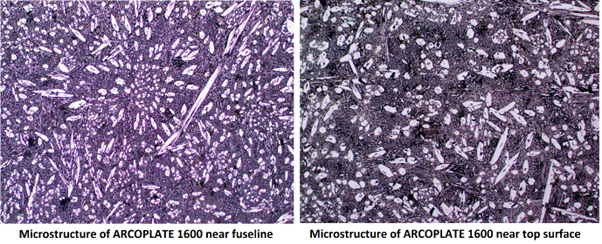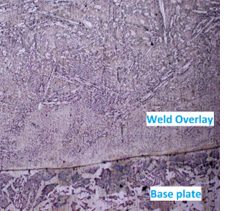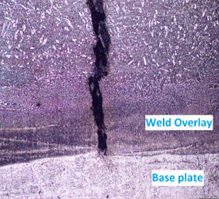The world’s most wear-resistant
fused alloy steel plate
Arcoplate is a wear-resistant fused alloy steel plate manufactured by Alloy Steel International. It is a smooth, chromium carbide rich overlay plate manufactured by a patented production process maximising abrasion resistance and reducing hang up. Arcoplate was developed as an alternative to unpredictable wear rates and high friction characteristics, associated with both – quenched and tempered steel plate and the old technology often used to manufacture traditional bulk weld overlay plates.
Associated costs with unscheduled maintenance or repair are obvious, but more importantly, hidden costs relating to plant and capital productivity losses need to be eliminated wherever possible. Inappropriate wear liner packages significantly affect fixed plant and mobile equipment in a number of ways, these include: hang up of product, spillages around the plant, increased energy consumption, increased friction causing premature wear.
Alloy Steel International’s engineering and design service enable Arcoplate to be supplied as complete wear and anti hang up kit, designed to suit a specific application. Arcoplate can be supplied with stud bolts, countersunk inserts and can be pressed to shape. Arcoplate kits greatly reduce installation time and ongoing maintenance costs.
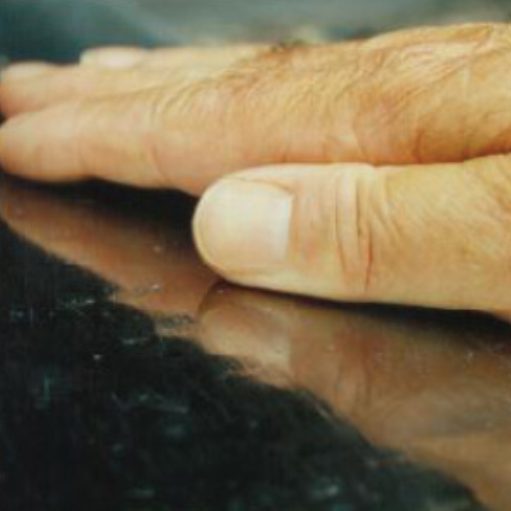
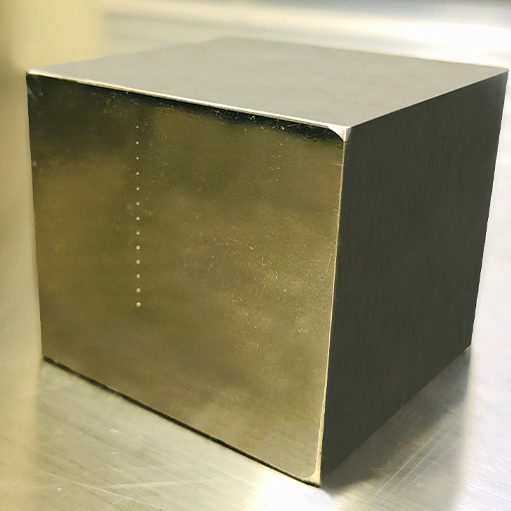
The team at Alloy Steel understands that different wear factors call for different product options. Arcoplate is offered in different grades, thicknesses, and finishes. With the almost endless combination of product options,
there is an Arcoplate solution to suit your wear or hang-up needs.
ARCOPLATE VARIANTS AND SPECIFICATIONS


ARCOPLATE THICKNESSES
Arcoplate consists of a dense, chromium-carbide rich alloy overlay that is fused onto a mild steel base plate. Arcoplate is offered in a range of thicknesses to meet various material handling applications. The range starts with the 4/7 (4 mm alloy on 7 mm base plate) for applications where liner weight reduction is important. The long-wearing 40/19 (40 mm alloy on 19 mm base plate) completes the range and is a popular choice among operations where material wear is at its greatest. Whatever your needs, there is a thickness option to suit. Other thicknesses available on request Arcoplate Stock Sheet™: 1270 mm x 3080 mm Arcoplate Broad Sheet™: from 1900 mm x 3080 mm.
Custom thicknesses can be made from a combination of backing plate options within the range of 6 mm – 25 mm and fused overlay within the range of 4 mm – 40 mm. Our manufacturing maximum total thickness is 60 mm.

